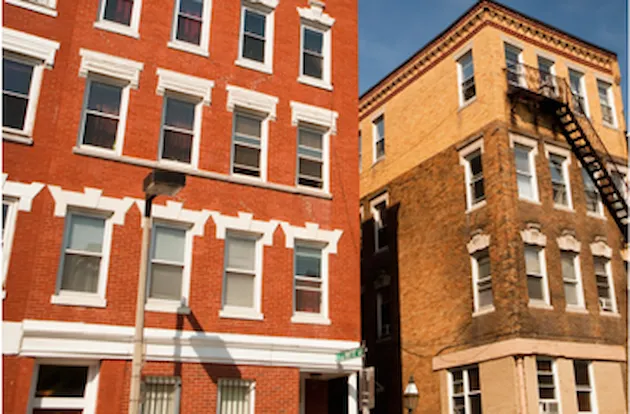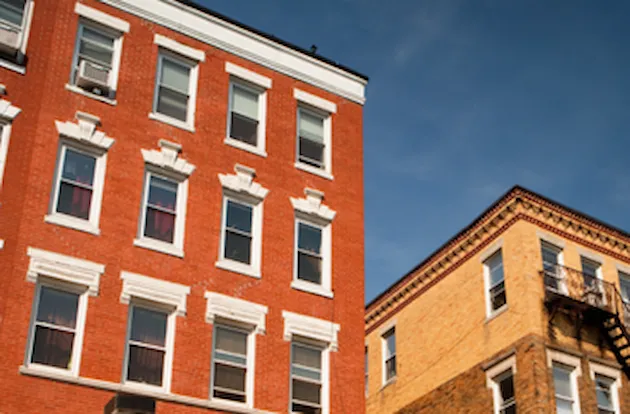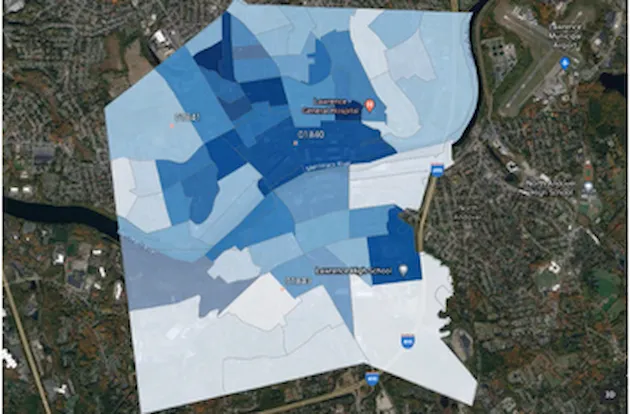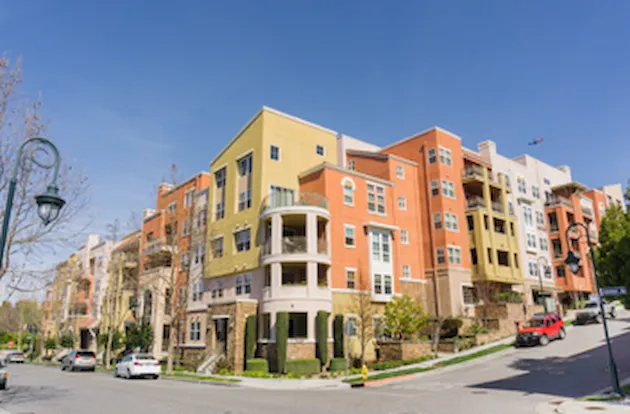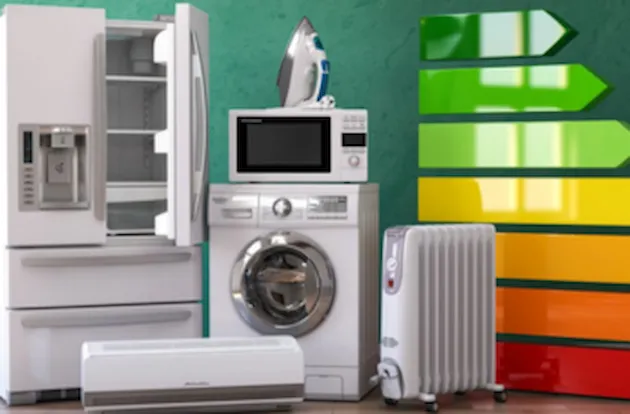
Identify disadvantaged communities and their needs
“In order to define equity, you have to define inequity”, Jarred Metoyer, SVP Markets & Risk
Who are my disadvantaged customers and what are their unique needs? Each community is unique and has different needs and demands, defined by its geographical location, climate, etc. DNV’s modular approach provides a deeper understanding of low income customers. Our studies help design and market programs that meet customers’ needs more effectively.
Module A: equity mapping
In this module, we apply our Equity Mapping solution to a territory to identify priority areas: Census block groups (~200-300 homes each) where eligibility is high, but participation is low. Through this process, we also learn more about each priority area in terms of ethnicities and languages spoken, important community gathering places such as churches or civic centers, and the area housing stock. This helps us pinpoint specific areas to focus on for marketing and outreach and determine whether to create communications in any specific non-English languages.
Module B: community outreach
In this deeper-dive module, we identify community agencies providing services to people living in the priority areas identified in module A. We connect with these organizations to understand their mission and activities with a goal of identifying win-win interactions between them and our client. We try to find a local WMBE subcontractor to help with this work and facilitate personal connections. As part of this module, we can set up focus groups or individual interviews with target community members and get their in-person reaction to our communications and marketing materials. Trust factors heavily in how people respond to marketing, and conducting this research in person and in real time is the best way to understand people’s level of trust and the reasoning behind it.
Module C: essential use study
A final, even deeper dive into eligible customers is an essential use study. This study determines how much energy use is necessary for everyone in your territory to maintain a basic modern lifestyle. It also reveals something that energy burden statistics and billing analysis can’t tell us, which is how much energy under-utilization is happening. Essential use studies can find out how often people are deliberately not using energy (keeping their homes at uncomfortable or unsafe temperatures, for instance) to lower their utility bills. They can also look at what kind of energy using equipment and building envelope is in situ in the eligible areas, which might help choose specific measures and the amount of assistance to offer in a low-income program.
Do you need more information?
Have a look at the related studies and demonstrations
Brief: 2013-2019 Massachusetts Residential Customer Profile Study
View/download the brochure
2013-2019 Massachusetts Residential Customer Profile Study
View/download the full report
Interactive mapping tool demo
View the guided demonstration
Lowering the energy burden for residents of multifamily housing - MCE study
View/download study report
Essential Use of Electricity - CALMAC Study
View/download study report
Related services
Related Links
Energy access
Supporting investments in renewable, reliable, and affordable energy across emerging markets
Solar Services
DNV delivers services focused on improving your business performance in every step of the project.
Energy Storage
Unveiling the power of energy storage



